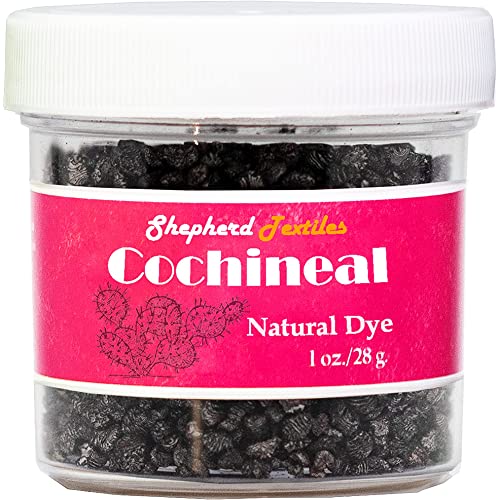

Cochineal Natural Dye, 1 oz.
-

Diane Eelkema
> 24 hourGrandaughter is gonna love this. Color from bugs!? Doesn’t get any better.
-

dat_guard_doe
> 24 hourI teach natural dyes at a few local museums and I love this cochineal! It is great quality and one of my favorite things to dye with! You get so much color pay off and I’ve gotten it at least 3 times. I would buy ANY dye stuffs this brand came out with!
-

L. Phan
> 24 hourThis was perfect for my tie dye t-shirt activity with my son. He loved that insects were involved in the process!
-

G. campbell
> 24 hourExcellent color
-

Erika Joel
> 24 hourI was thrilled when my cochineal arrived. Beautiful quality bugs that create a lovely dye. Very fun to work with. I usually wild harvest my dyes from nature or plants I grow but wanted to try something new. I























